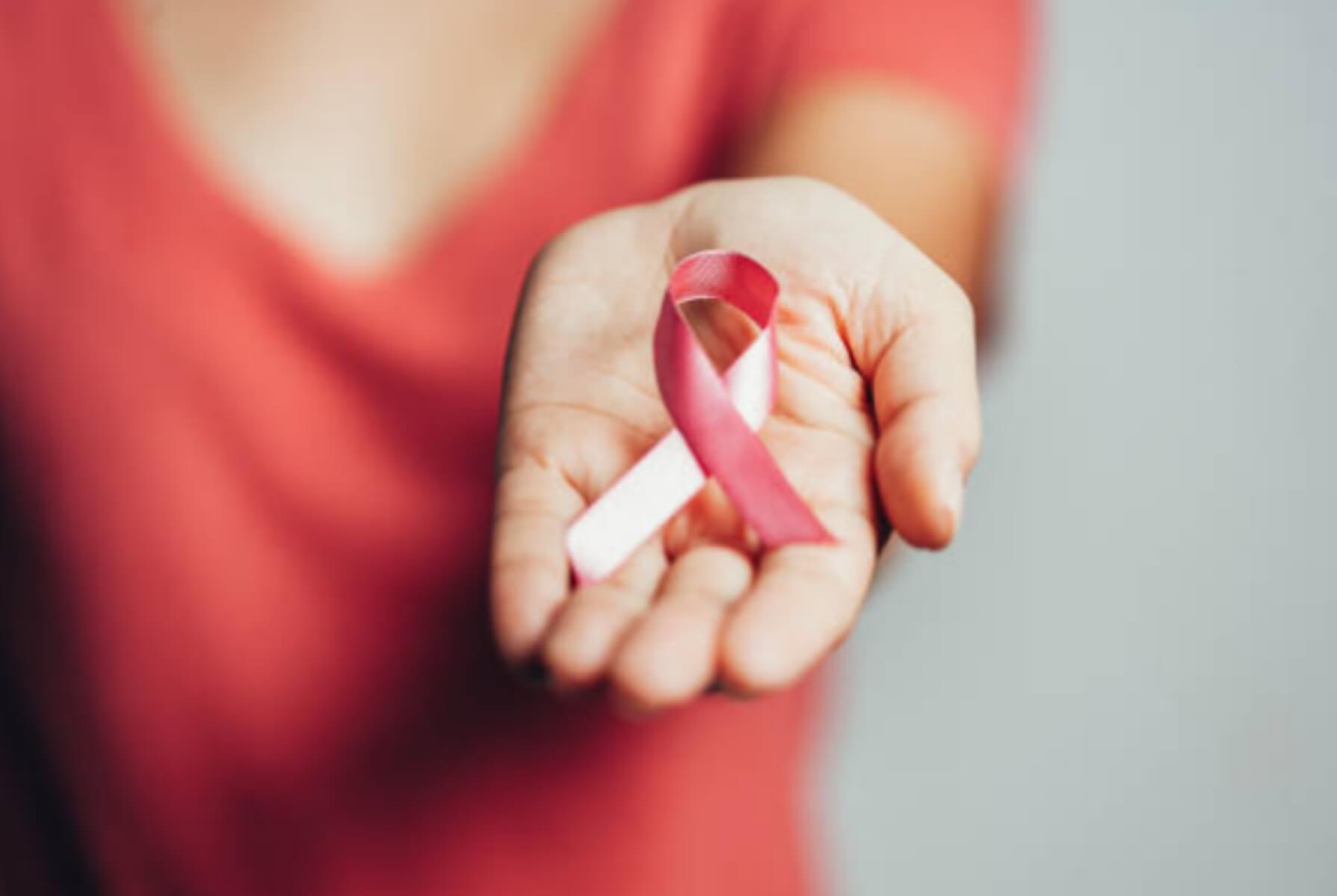Women with breast cancer ages 35 and more youthful are at a higher risk of the disease spreading to different parts of the body, as per a disturbing new report.
Doctors accept this might be because of the way that young ladies are less inclined to have customary breast tests, and along these lines might permit the cancer to go undetected until it’s arrived at more forceful stages, the news covered Tuesday.
Around one out of eight women in the US — around 13% — will foster breast cancer during their lifetime, as per the American Cancer Society. Globally, some 2.3 million women will be diagnosed with the disease, per World Health Organization statistics.
Survival rates pattern towards positive results whenever distinguished during its beginning phases, yet another audit of in excess of 400 breast cancer studies shows that the general risk of the cancer metastasizing — or, spreading to different pieces of the body — runs somewhat broadly, somewhere in the range of 6% and 22%.
The new study showed explicit risk factors for metastatic breast cancer, including those diagnosed under age 35; who foster huge growths before beginning finding; or have been diagnosed with especially forceful types of the disease, for example, subtype Luminal B breast cancer.
Aftereffects of the audit, which joined information of a huge number of women all through the six livable landmasses, was introduced at the 6th International Consensus Conference for Advanced Breast Cancer, to be held practically from Nov. 4 to Nov. 6.
“Optional breast cancer can foster numerous years after an underlying cancer analysis, so it’s crucial that we comprehend it better and find better approaches to forestall it,” said Kotryna Temcinaite, a representative at UK-based advocacy group Breast Cancer Now, in an assertion.
A patient’s probability of cancer metastasis fluctuates between those previously mentioned risk factors.
Women ages 35 and more youthful with the analysis face a 12.7% to 38% risk of seeing their cancer return somewhere else in the body. Contrast that with breast cancer patients ages 50 and more established, whose risk of secondary breast cancer is 3.7% to 28.6%.
In the mean time, the risk of metastasis for those diagnosed with Luminal B subtype was 4.2% to 35.5%, and the information for the less forceful structure, Luminal A, recommended a large portion of the risk, between 2.3% to 11.8%.
“This might be on the grounds that more youthful women have a more forceful type of breast cancer or in light of the fact that they are being diagnosed at a later stage,” said Dr. Eileen Morgan, of the International Agency for Research on Cancer (IARC), who will introduce the review at the upcoming conference.
When the cancer has returned, it “turns out to be a lot harder to treat and the risk of dying is higher,” said Morgan.
